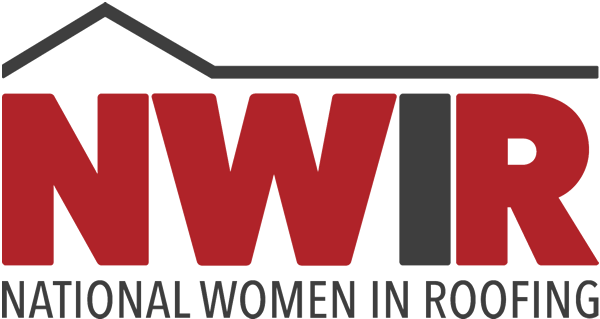First and foremost, any employee working in an area of elevation or where there is a hole in the floor or wall you are required to provide fall protection for your employee. Falls from height are one of the leading causes of injury according to OSHA statistics year after year. If you or your employee are put into a circumstance where you are called upon to put your rescue plan in action you should be well prepared.
There are several factors to consider when developing a rescue plan. Each location and that locations nuances should be taken into account, some of these include: is this a confined space, is fall protection required, is a permit required, if a rescue needs to take place is there a team on-site or are you required to use the nearest first responders in the area.
If you are working in a non-entry confined space area as having additional personnel enter the space as it is considered IDLH (immediately dangerous to life and health) the onsite services to be performed and personnel should be named in step one of the plans. If offsite rescue plans are required, the name and phone number the entry supervisor needs to contact is listed in the rescue plan. In addition, this is where entry coordination steps and time and date for rescue are listed.
Communication is key when following a rescue plan and in advance determined if you will be utilizing phones, radios or a local signal in relaying information to the rescue team and the victim you are rescuing. Will there be a rigging system needed, anchorage and what type for fall protection?
Is breathing apparatus required: air purifier respirator, compressor, and equipment for the standby attendant? Determine the type of rescue equipment required: anchor straps, pulleys, rigging plate, various harnesses and a stretcher to name a few.
Ensure your medical supplies are fully stocked and items have not expired in your trauma kit. Inspect and keep your PPE (personal protective equipment) up to date: hearing protection, high visibility clothing, appropriate safety shoes, gloves, face shield, hard hat. Prevention is always the best answer to any rescue. Thoroughly and regularly inspect your fall protection equipment. Make sure it is in excellent working order and is fitted properly to the individual using it. Review your rescue plan annually or more frequently if you are changing the dynamics of a previous rescue space by equipment or construction. In this case, it’s best to plan your work and work your plan.
sources: scribed.com,osha.gov
